|
As the Part 1 said - Fear manifests as resistance and resistance is the body’s natural response to pain. Apathy, distraction, procrastination and confusion are all tools of resistance, designed to stop us from facing the truth and doing our work. Somewhere in our subconscious we have associated work with ‘pain’, so now we procrastinate, to avoid the pain. But why have we made this association in the first place and how can we overcome it? We will address these questions, later, but let’s start by addressing the issue at hand - overcoming procrastination, here and now. QUICK FIXES If we are procrastinating then we are leaking energy and time. It’s like we are a ship in a storm - with lot’s of holes because some of the boards on the hull don’t align - we are leaking and becoming heavy. If we’ve been really disorganised or a disaster has struck, then the ship might even be on fire. This is like when you have a series of ‘really urgent’ things getting in the way of your longer-term fulling work. Those things you will just need to deal with - as my friend Tom Robinson used to say:: “Run towards the fire” which I later found out came from the last page of the book: Salty Dog, by Gloria Rand.  A leak somewhere? A leak somewhere? PATCH IT But then there are times where the problems are not apparent. Your ship is ok, but you are confused, procrastinating and adrift - slowly letting on water. This is almost more dangerous than a fire, because it will sneak up on you. Quick fixes are needed to address this leaky ship - patches. Tape them to your desk or just use them now. It helps to have a to-do list and know roughly what one wants to do. (if you don’t, check my links at the bottom.) Here are my top 3: 1. Set a timer and turn off distractions. At the start of your work time set a timer, get focused on the task at hand - even if that task is writing your to-do list. Set 25 minutes. Turn off your devices and distractions for that time and just do one thing. Then, when 25 minutes is done, progress to no.2. 2. Next, get up and FLIT to something else for 5 minutes, regularly. Flitting is what hummingbirds do - (and I like to imagine a repair team flitting between repairs on the ship) skillfully and gracefully moving and changing location, easily and calmly, looking up every now and then to survey the situation. Be like this. Get off your bum, come away from the desk and practice this simple thing. BE STRICT - don’t cheat yourself by turning the timer off. Just get up now and try this. FLIT stands for:
This process involves first moving into your senses - to allow a reset between jobs. Moving your attention consciously from analysing to being, which resets the mind and places a punctuation between work and rest. Make sure you do this, exactly when the timer goes off, don’t put it off, even for a minute - get into the habit of standing up and doing a FLIT. It is often better to put something down whilst in the middle of it - so you will have motivation to come back and so that when you come back you can connect again easily. You may find you have to overlap your work, so you revisit the start of a chapter or take a minute to survey where you were - this is also very healthy, as it promotes wider awareness. This whole practice lubricates your ability to slip between work/rest states and stay in flow. Longer, smoother breaths, witha clear focus has been proven to calm the nervous system and longer outbreaths reduce CO2, further calming the body. Do this regularly and your stress levels stay balanced and you think clearer. This 45 minute video explains. 3. Take a single, tiny step. If you are finding this hard or overwhelming th that is because you are facing a seemingly ‘big’ task (like fixing the whole sinking ship) it can be daunting and starting is always the hardest part, so when you come back to work just commit to doing 2 minutes of something - a ‘tiny’ task! Do it solidly for two minutes (write one page, email one email, call one client). At the end of that congratulate yourself and tick the item. Celebrate and then do it again… this might get the ball rolling. This is a trick of the mind to overcome the starting energy. If the mind associates only 2 minutes of pain it will be more able to handle it than 2 hours of writing your thesis and trying to complete it this week! Just commit to 2 minutes - then celebrate! You will be making progress, just keep going. “The journey of a thousand miles begins with a single step.” - Lao Tzu Turning off distractions in work mode is a big help; turn off all phone/email/facebook notifications for each 25 minutes segment. This is focused work time. Remove all distractions possible for these short chunks. If you are worried that people expect an immediate response, you can add a signature line to your email, informing you only check emails 3 times a day. This focuses you and seals some of the energy leaks. You can even measure your time in these 25 minute chunks and this is known as the pomodoro technique. Doing less and achieving more is all part of mindfulness.  YOU ARE OK Before we continue, a caveat. All of this is, of course, all a metaphor. I want you to understand that you are perfect as you are - you are growing and learning, but you are already a success, because you made it here to enjoy the human experience. Nonetheless, we all have a play to take part in, if we wish to, a journey that we can choose to undergo. Our minds like to think in analogy, metaphor and story, so I have presented these ideas to help you (and myself) out to get a handle on your life and start to consciously steer the ship, if you want to. These tools might give you that ability faster. Caveat over. BECOMING SHIPSHAPE If we have a struggling ship and you have been in rough seas for a while then you need to get that ship into a safe harbour so that we can look at it without the bombarding waves of your everyday demands. Then we can address the long-term questions like ‘where we are going?’ and ‘why?’ (bringing associations and values to our conscious awareness), train your crew (embedding healthy associations via routines), build up resources and tools (preparing for the long voyage) and connect with others, who might be able to help next time (building a support network). This may take time, so allowing for this introspection an hour in your day, or a few hours each week may be the starting point. If you can dedicate several hours over a weekend - get out of the house and treat yourself to this, it could be really beneficial. I’ll cover this more in Part 3: Preparing to voyage. PROCRASTINATION: HIDING FROM PAIN Before that it is important to think about the sources of our procrastination - which are mainly: our self- beliefs, worldview and associations & values. All your current habits and addictions are not the source of your procrastination - they are the symptom. In a very psychoanalytic way, let me explain; PAINFUL ASSOCIATIONS Growing up we learn to notice the sources of pain by looking for consistency in the things we were doing or thinking at that specific moment that we felt it (or leading up to it). We make associations from those observations. However, the severity of the pain combined with less awareness and coping resources (like that of a child) can lead us to draw conclusions faster, in a more confused way. If we can’t recognize the source of the pain then we might panic and make a rash association, which, until disproven, will create fearful internal reactions of tension around the object of our association. A good example of this is is a ‘phobia’, which is ‘a disproportionate internal fear response to something’, like if a child feels in danger when experiencing a confined space. This could potentially lead to claustrophobia in a later stage of life - and avoid small spaces. It is even more complex with the nuances of fear that lead us to procrastinate from our cherished work.
0 Comments
Leave a Reply. |
AuthorsNeil Morbey is a meditation teacher, group facilitator and inspiration guide for Positively-Mindful.com Blog Index
Archives
May 2024
|
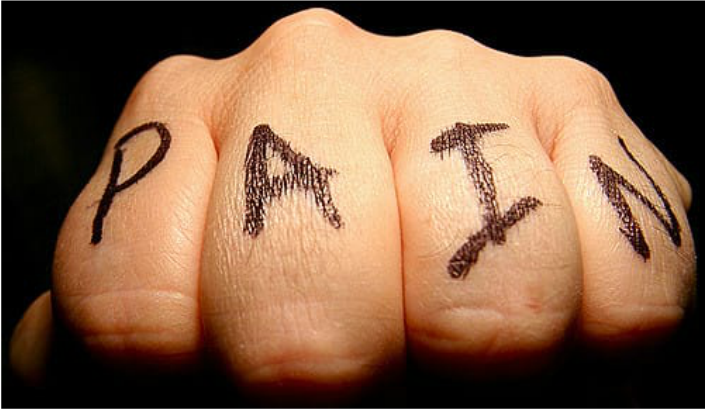
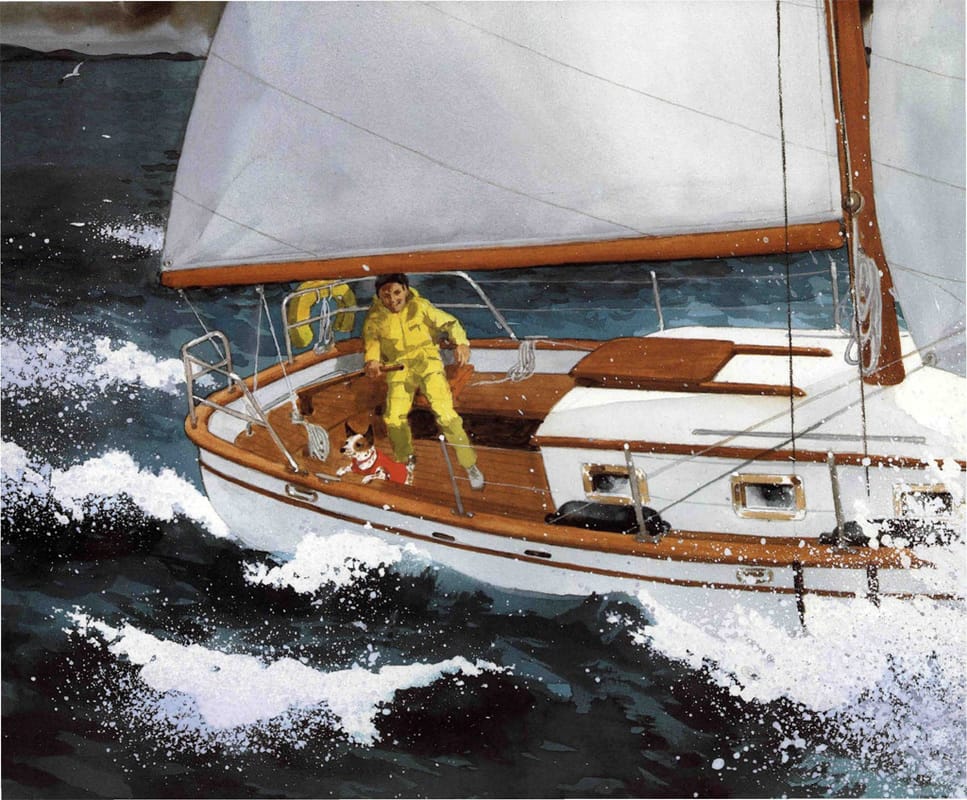
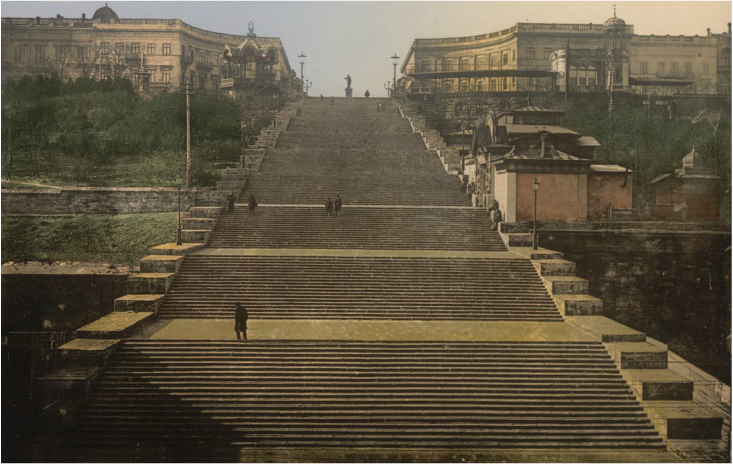
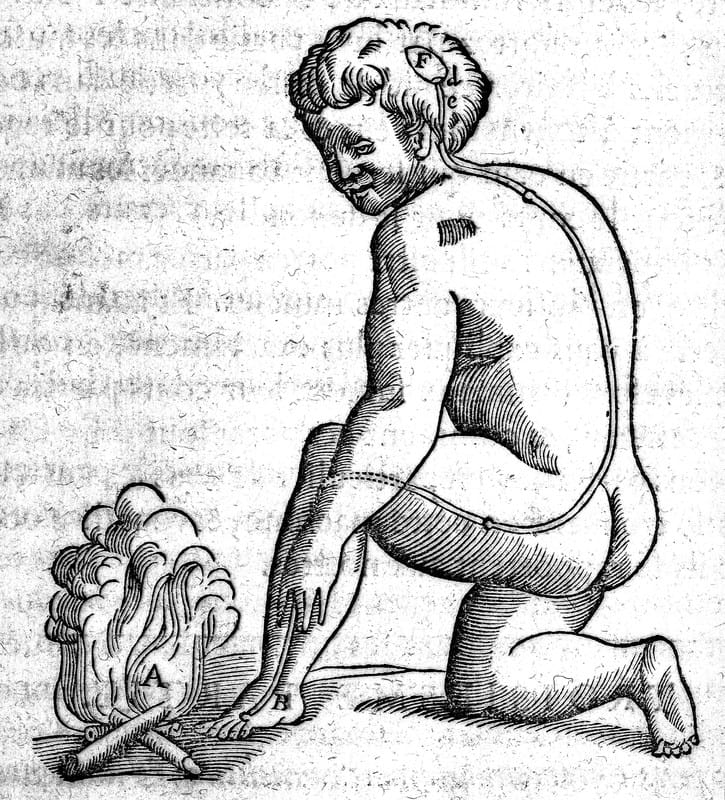

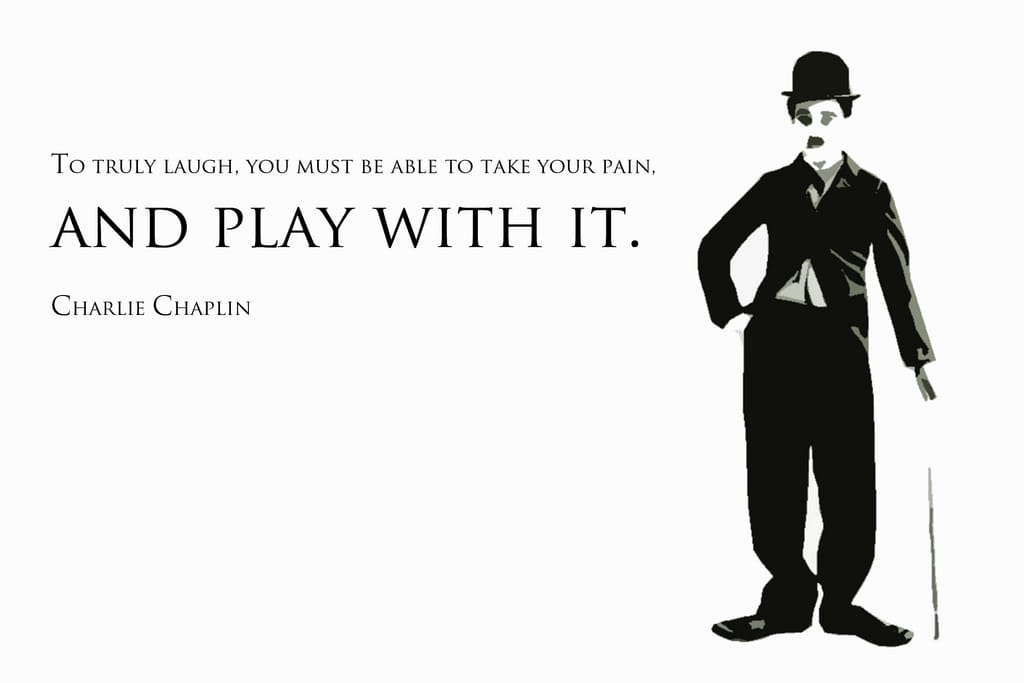
 RSS Feed
RSS Feed